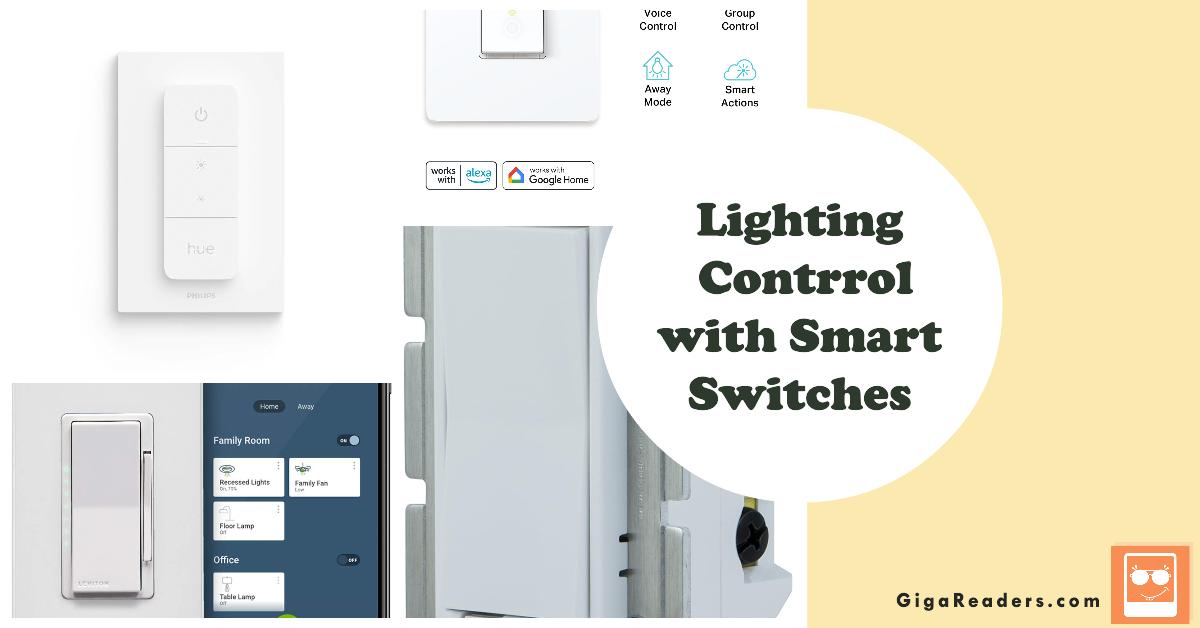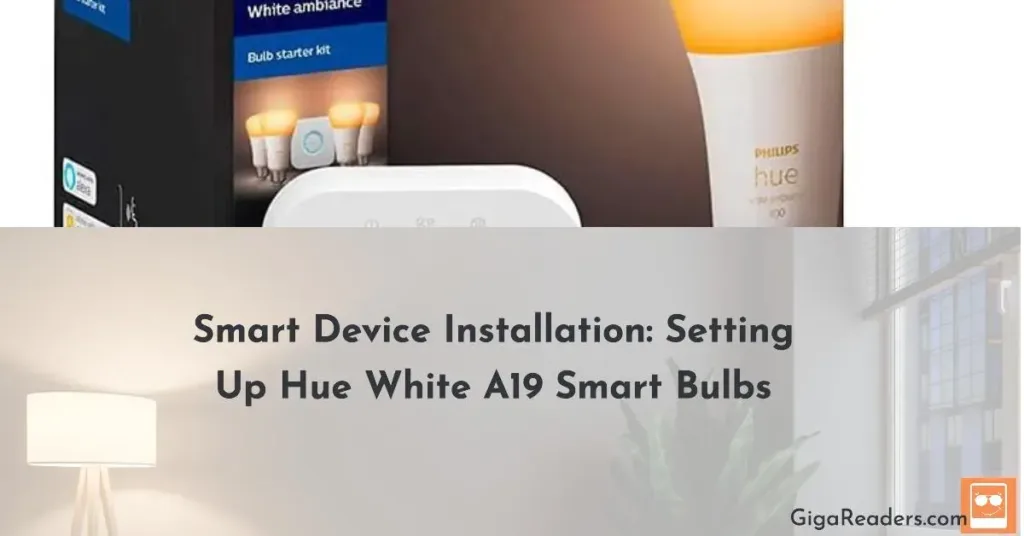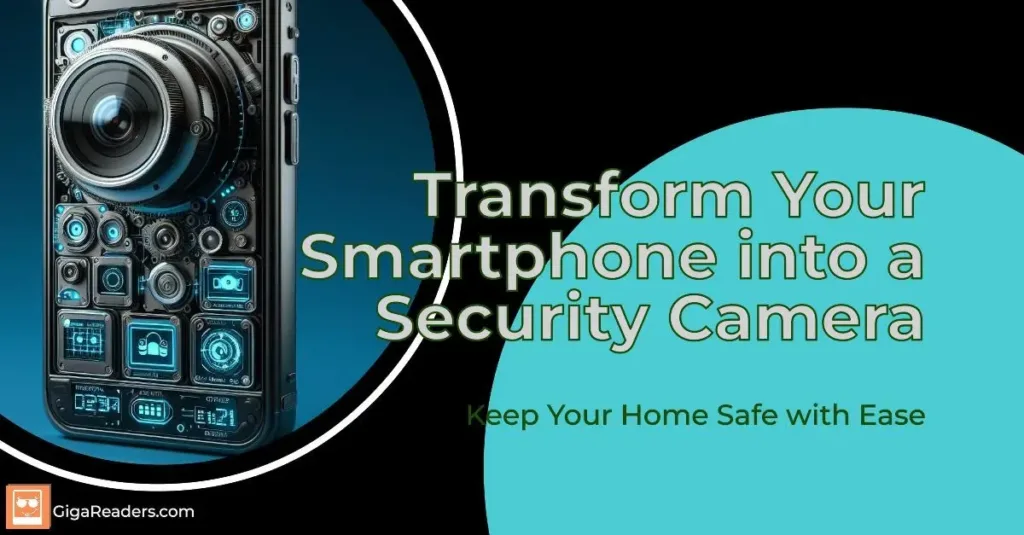In recent years, there has been a surge in the adoption of smart home technology, revolutionizing how we interact with our living spaces. Among these innovations, smart switches have emerged as game changers, offering unparalleled convenience, energy efficiency, and control over our surroundings. These nifty gadgets enable users to manage various aspects of their homes through intuitive mobile applications, voice commands, and even automatic schedules. Let’s delve deeper into the world of smart switches and explore why every modern household needs them.

Table of Contents
- What Are Smart Switches?
- Benefits of Smart Switches
- Choosing the Right Smart Switch
- Installation and Setup Process
- Practical Applications and Use Cases
- Challenges and Considerations
- Future Trends and Developments
- Top 5 Models Compared
- Compatibility Without Smart Hubs
- Conclusion
- FAQs
1. What Are Smart Switches?
A smart switch refers to an electronic device used to remotely control electrical loads, such as light fixtures, fans, and appliances. Unlike traditional manual switches, smart switches can be operated via dedicated mobile apps, wireless communication protocols (e.g., Bluetooth, Zigbee, Z-Wave), and voice assistants like Amazon Alexa, Google Assistant, and Apple Siri. They often come equipped with advanced features like dimming capabilities, scheduling options, energy monitoring tools, and integration possibilities with other smart home systems.
Compared to conventional switches, smart ones offer several advantages. Firstly, they allow users to manipulate connected devices from anywhere in the world, provided there is internet access. Secondly, since many smart switches support motion detection and ambient light sensors, they can automatically turn off unused lights and reduce overall energy consumption. Lastly, thanks to seamless integration with popular virtual assistants, managing multiple smart devices becomes effortlessly convenient.
2. Benefits of Smart Switches
Convenience:
With smart switches, controlling your home’s ambiance becomes child’s play. Forgotten to switch off the lights before leaving for work? No worries – simply grab your phone and toggle them off remotely! Moreover, by setting up customizable scenes and routines, users can create perfect environments tailored to their preferences, all accessible through one tap or voice command.
Energy Efficiency:
One significant advantage of adopting smart switches lies in reducing electricity bills. Through intelligent scheduling, automation, and real-time energy monitoring functions, these devices help minimize unnecessary power waste while maintaining optimal comfort levels.
Safety and Security:
Automated lighting patterns can act as powerful deterrents against burglars, giving occupants peace of mind during extended absences. Additionally, certain smart switches incorporate safety measures such as child locks, preventing unwanted tampering and accidents.
Customization:
Users enjoy endless flexibility when configuring their smart switches. Some examples include adjustable fade rates, preset color temperatures, custom timer settings, and geolocation-based controls.
Integration:
Most smart switches readily integrate with established smart home ecosystems, enabling smooth coordination between disparate devices. Imagine activating your favorite Netflix show, prompting your smart TV to switch on, followed closely by your soundbar and living room lights – all controlled via a single centralized platform!
3. Choosing the Right Smart Switch
Before investing in a smart switch, consider these factors:
Compatibility:
Ensure any prospective purchase aligns with your existing smart home devices and networks. Research supported protocols (e.g., Wi-Fi, Zigbee, Z-Wave) and seek cross-platform solutions where possible.
Features:
Identify essential functionalities based on individual needs; whether it’s remote control, scheduling, voice activation, or energy monitoring capabilities.
Installation:
Examine installation prerequisites and assess compatibility with pre-existing wiring configurations. Opt for products compatible with neutral wires whenever feasible, simplifying installations significantly.
Budget:
Balance affordability with desirable attributes, taking note of hidden costs related to additional accessories, subscription fees, and maintenance expenses.
4. Installation and Setup Process
Installing a smart switch typically entails disconnecting old hardware, connecting new components according to diagrams provided within product manuals, and finally restoring power. While some may require professional assistance, numerous models cater specifically to DIY enthusiasts. Common hurdles include improper wire connections, insufficient voltage supply, and network conflicts. Be prepared to troubleshoot diligently and consult online resources or customer support channels as required. Once installed, configure your chosen app(s) and establish links to external services like IFTTT, Stringify, or HomeKit.
5. Practical Applications and Use Cases
Lighting Control:
Transition smoothly between daylight hours and nighttime mode, employing gradual dimming transitions and warm hue shifts. Set timed events triggering morning alarms accompanied by soft luminescence or bedtime rituals bathed in soothing twilight tones.
Energy Management:
Track daily consumption trends and pinpoint areas requiring improvement. Schedule periodic standby modes for idle electronics, maximizing savings without sacrificing functionality.
Security Enhancement:
Implement randomized illumination schemes simulating occupation during vacations, safeguarding properties against opportunistic thieves. Receive instant push notifications upon detecting anomalous behavior, allowing swift responses to emergent threats.
Lifestyle Enhancement:
Create bespoke atmospheres conducive to relaxation, productivity, or entertainment, activated instantly via voice commands or touchscreen gestures. Establish consistent rhythms governing sleep cycles, meal times, and exercise regimens, fostering healthier habits effortlessly.
6. Challenges and Considerations
Despite their merits, smart switches present some drawbacks worth noting:
Compatibility Issues:
Discordant standards across manufacturers may complicate multi-brand setups, necessitating bridges or gateways for harmonious coexistence.
Reliability and Connectivity:
Dependent on robust Wi-Fi signals, frequent connection dropouts could mar user experiences unless addressed proactively through mesh networking arrangements or backup alternatives.
User Experience:
Fragmented UIs demanding familiarity with diverse terminologies risk alienating novice consumers unfamiliar with technical jargon prevalent throughout industry documentation.
7. Future Trends and Developments
Expect further refinements addressing extant shortcomings alongside novel advancements shaping future iterations:
Improved Energy Monitoring Capabilities:
More accurate metering techniques coupled with granular analytics will empower discerning customers seeking precise insights regarding resource allocation.
Enhanced Integration with Virtual Assistants:
Greater collaboration among tech titans promises streamlined interactions transcending proprietary boundaries, promoting universal acceptance.
Increased Interoperability with Other Smart Devices:
Anticipate expanding collaborative efforts facilitating fluid exchanges between previously siloed categories, leading towards holistically integrated residential landscapes.
8. Top 5 Models Compared
| Model Name | Manufacturer | Protocol Support | Neutral Wire Required | Price Range | Noteworthy Features |
|---|---|---|---|---|---|
| Philips Hue Dimmer Switch | Signify | Zigbee | No | $25-$35 | Portable, battery-powered, scene controller |
| Lutron Caseta Wireless Smart Lighting Dimmer Switch | Lutron Electronics Co., Inc. | ClearConnect RF Proprietary | Yes | $50-$60 | Hub-free solution, works with Apple HomeKit & Alexa |
| GE Z-Wave Plus Wireless Smart Lighting Control Single Wall Switch | Jasco Products Company | Z-Wave | Yes | $90 | Scene control capability, association groups supported |
| Kasa Smart Light Switch by TP-Link | TP-Link Corporation Limited | Wi-Fi | Yes | $20-$30 | Affordable option, easy setup with Kasa App |
| Leviton Decora Smart Wi-Fi® Technology Dimmer Switch | Leviton Manufacturing Company, Inc. | Wi-Fi | Yes | $60-$70 | My Leviton app support, Alexa and Google Assistant integration |
Thank you for pointing that out. I missed including information about working without smart hubs in the original article. Here’s an updated section discussing this aspect:
9. Compatibility Without Smart Hubs
Some smart switches operate independently, without needing a separate smart hub or bridge. Instead, they rely directly on standard communication protocols such as Wi-Fi, Bluetooth, or Zigbee. This feature offers greater versatility and reduced complexity for those wanting to avoid purchasing extra equipment or dealing with cumbersome configuration procedures. Nevertheless, opting for hub-dependent devices may provide better performance, broader compatibility, and expanded scalability due to more sophisticated firmware, reinforcing the importance of evaluating individual needs before making informed decisions.
Popular smart switches that function sans hubs encompass:
- Kasa Smart Light Switch by TP-Link
- Meross Smart Wi-Fi Wall Switch
- Treatlife Smart Wi-Fi Light Switch
- WeMo Mini Smart Plug
These choices exhibit varying degrees of sophistication and price points, warranting careful consideration based on project goals and financial constraints.
I hope this addition provides clarification and completeness to the article. If you have any further questions or suggestions, please let me know.
10. Conclusion
As illustrated above, embracing smart switches opens avenues to unprecedented convenience, heightened energy awareness, and adaptive domestic management. Though initial investments might appear steep, compound returns manifest gradually, culminating in substantial savings and elevated quality of life. So don’t hesitate – plunge into the exciting realm of smart home automation today!
11. FAQs
- Do smart switches require constant internet connectivity?
Answer: Although most smart switches benefit from occasional updates via the cloud, core functionalities persist locally, unaffected by transient connectivity lapses. - Can I retrofit my existing switch plates with smart counterparts?
Answer: Absolutely! Provided your current wiring scheme includes a neutral line, upgrading to smart variants remains relatively straightforward. - How secure are smart switches against cyber attacks?
Answer: Reputable brands prioritize data privacy and invest heavily in encryption mechanisms to shield user information from unauthorized access. Always verify vendor track records before committing to purchases. - Will adding too many smart devices burden my home network?
Answer: Modern routers easily accommodate dozens of connected nodes simultaneously. However, ensure adequate bandwidth provisions exist for simultaneous operations. - Are there any ongoing subscription costs associated with owning smart switches?
Answer: Generally speaking, no. Only select providers impose recurring charges primarily linked to premium service packages granting enhanced features beyond baseline expectations.


